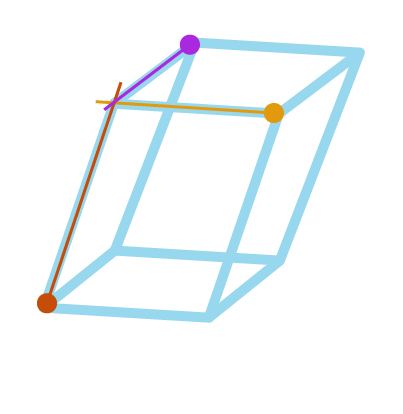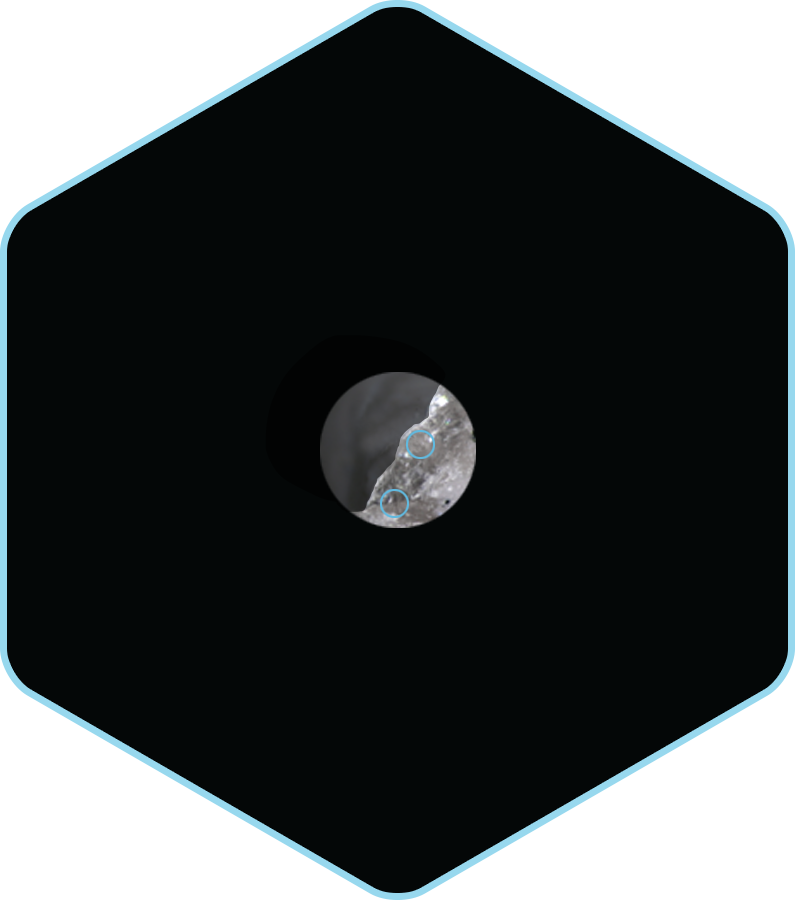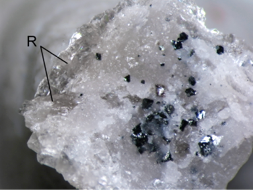Discovery Team
Nikita V. Chukanov
Erik Jonsson
Sergey M. Aksenov
Sergey N. Britvin
Ramiza K. Rastsvetaeva
Dmitriy I. Belakovskiy
9
Roymillerite
Verified October 2016
Pb24Mg9(Si10O28)(CO3)10(BO3)(SiO4)(OH)13O5
In October 2015, Dr. Nikita Chukanov received a fragment of a mineral from the Swedish Museum of Natural History that would later become known as roymillerite. Chukanov, who had previously analyzed a similar mineral, britvinite, saw indications in the infrared spectrum of this fragment that suggested the mineral was among layers of britvinite and lead carbonate modules. Chemical and structural analysis confirmed his suspicion, and in June 2016, Chukanov and his team submitted a new mineral proposal to the International Mineralogical Association Commission on New Minerals, Nomenclature and Classification.
Roymillerite forms small, colorless grains similar to the granular aggregates of associated minerals jacobsite, cerussite, hausmannite, sahlinite, rhodochrosite, and baryte. The mineral originates from the abandoned Kombat mine in northern Namibia and was named in honor of geologist Dr. Roy Miller, a specialist in Namibian bedrock geology.






